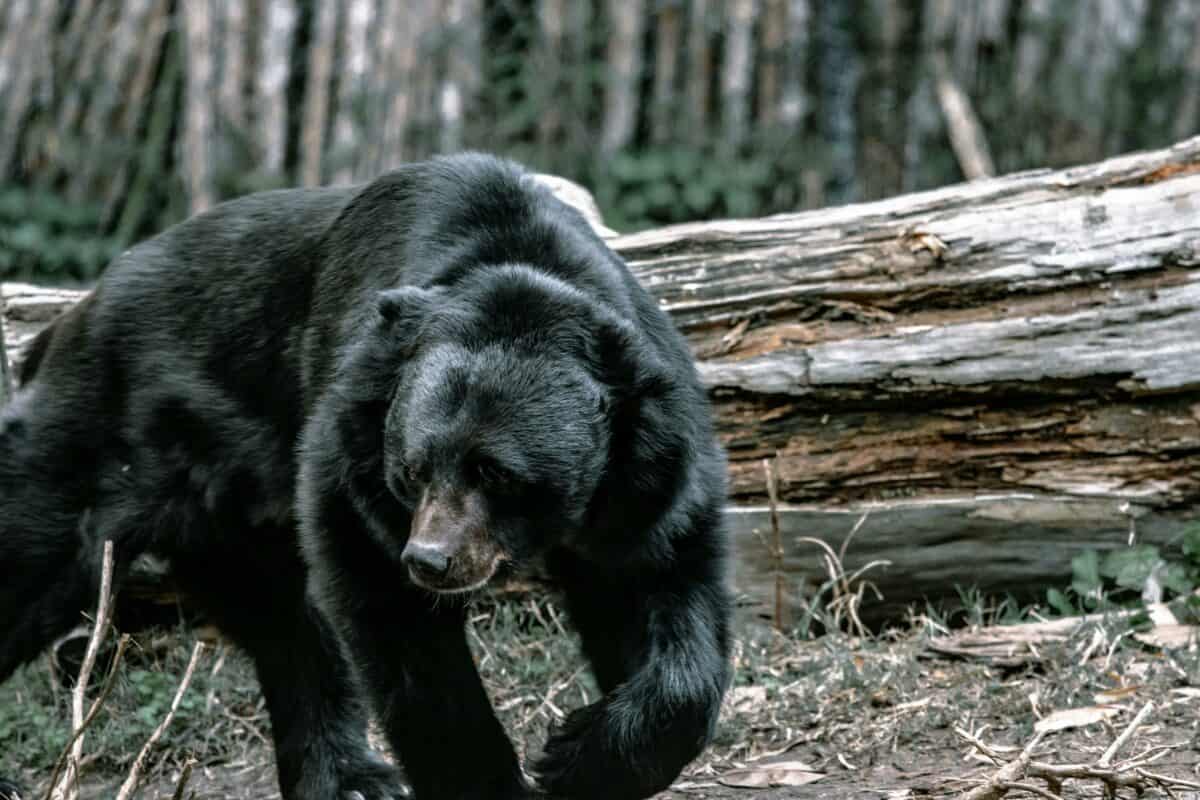Have you ever wondered what the top 19 most deadliest animals are in North Carolina? I was pretty curious myself. So let’s jump right in together!
1. Eastern Diamondback Rattlesnake
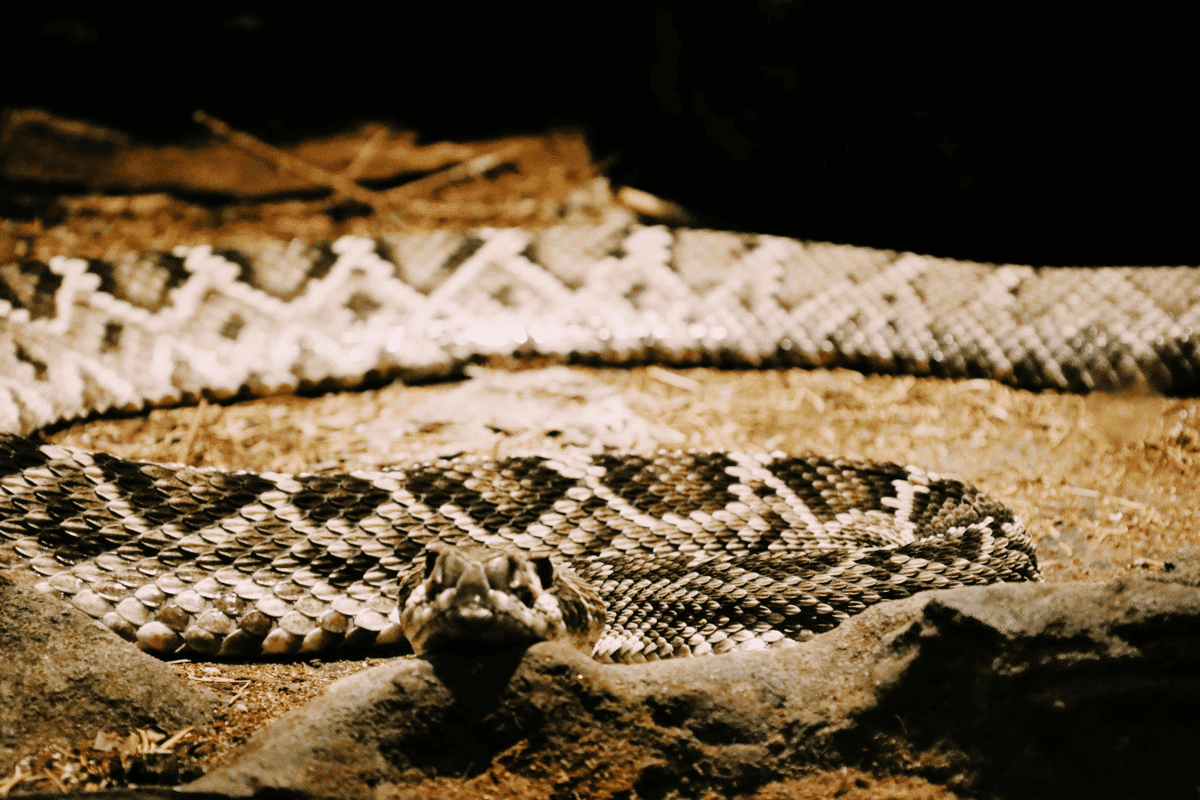
Slithering silently through the sandy soils of the coastal plain, the Eastern Diamondback Rattlesnake holds the title of the largest venomous snake in North America. Best to give it a wide berth.
2. Cottonmouth
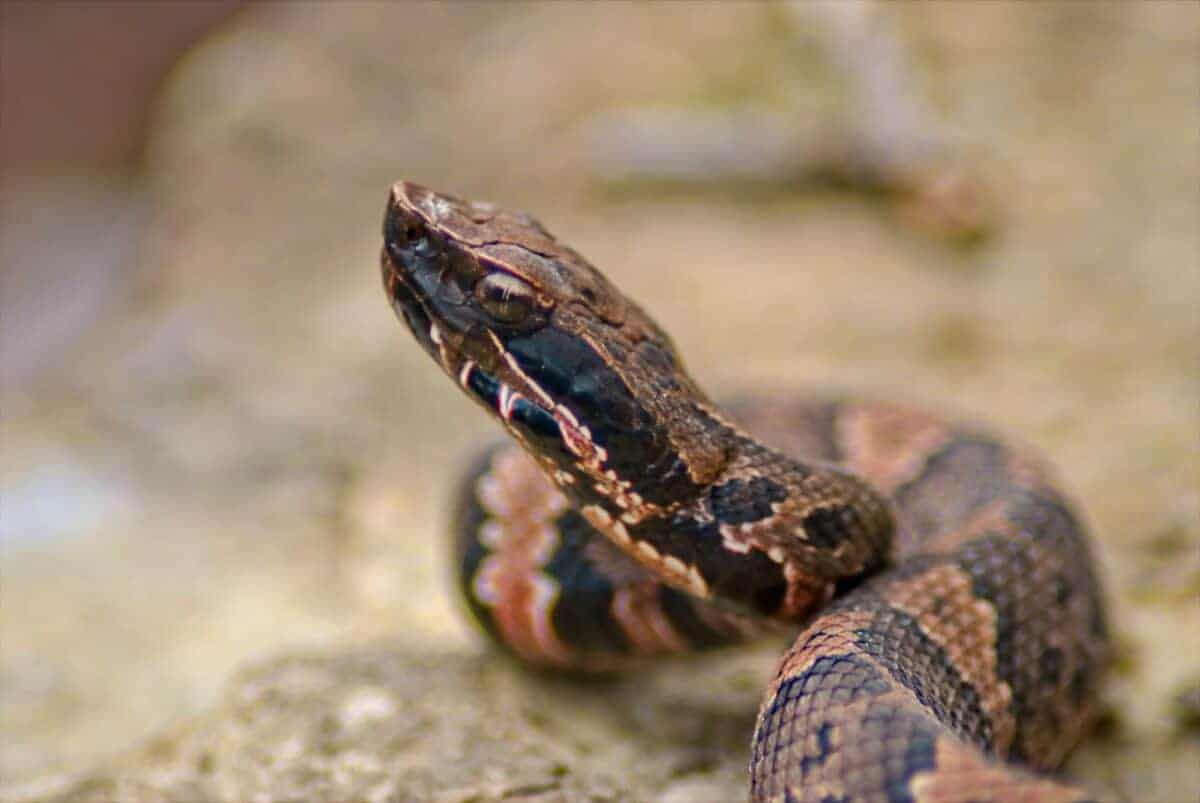
Generally, found in the state’s swamps, the Cottonmouth, also known as the Water Moccasin, packs a venomous bite that can ruin your day.
3. Copperhead
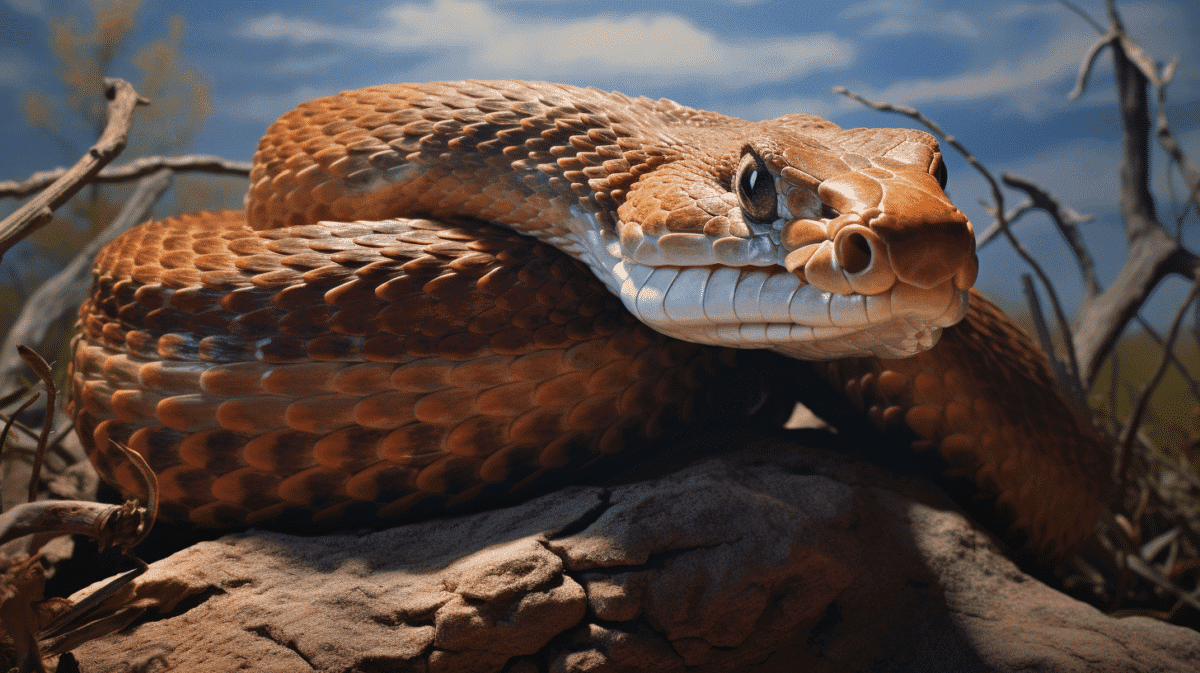
Evidently, with its distinctive copper-colored head, this snake is a common sight in wooded areas and suburban neighborhoods alike. Watch your step.
4. Black Widow Spider
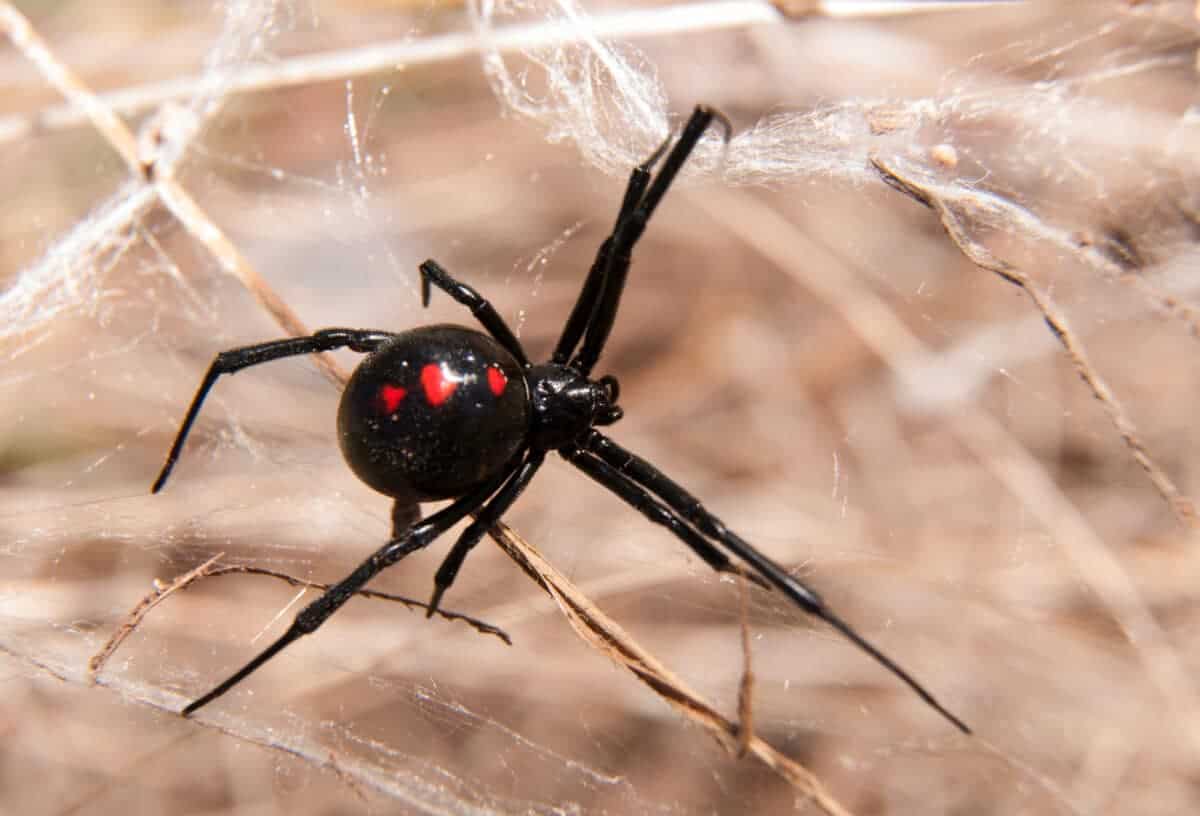
Hiding in dark corners and beneath logs, the Black Widow Spider also has a venomous bite that can cause serious discomfort, though fatalities are rare.
5. Brown Recluse Spider
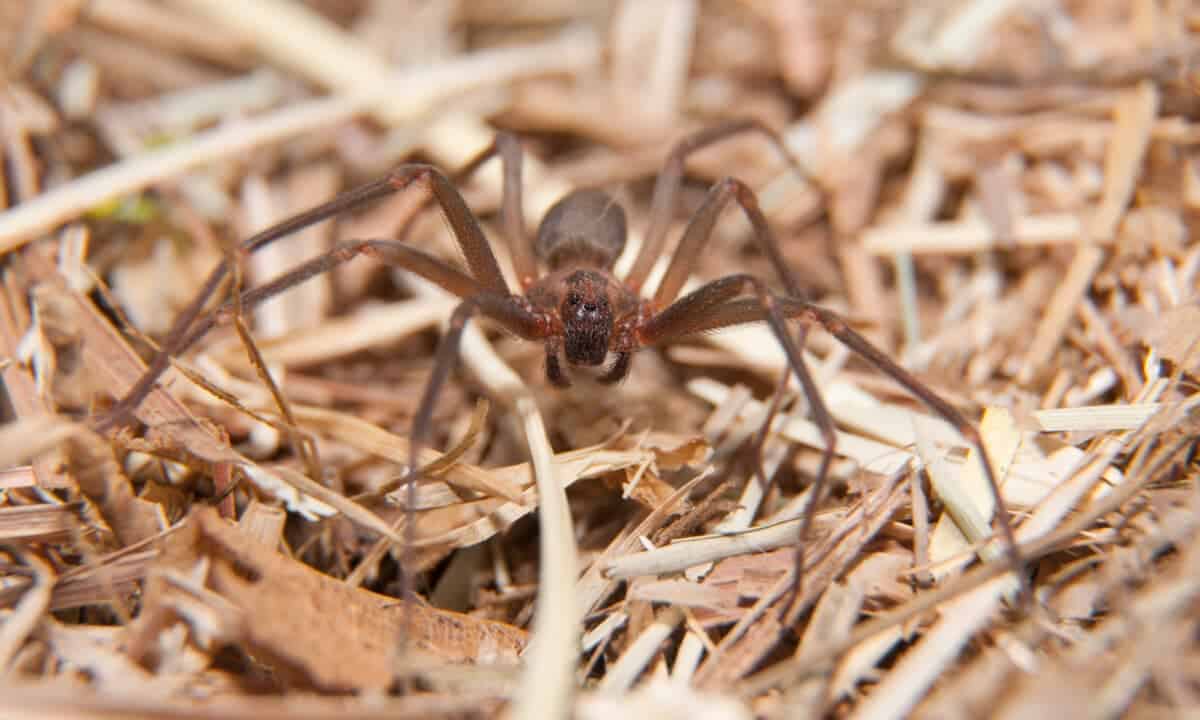
Generally, preferring quiet and undisturbed places like piles of wood and sheds. This Spider’s venom can lead to tissue damage and, in severe cases, systemic effects.
6. Timber Rattlesnake
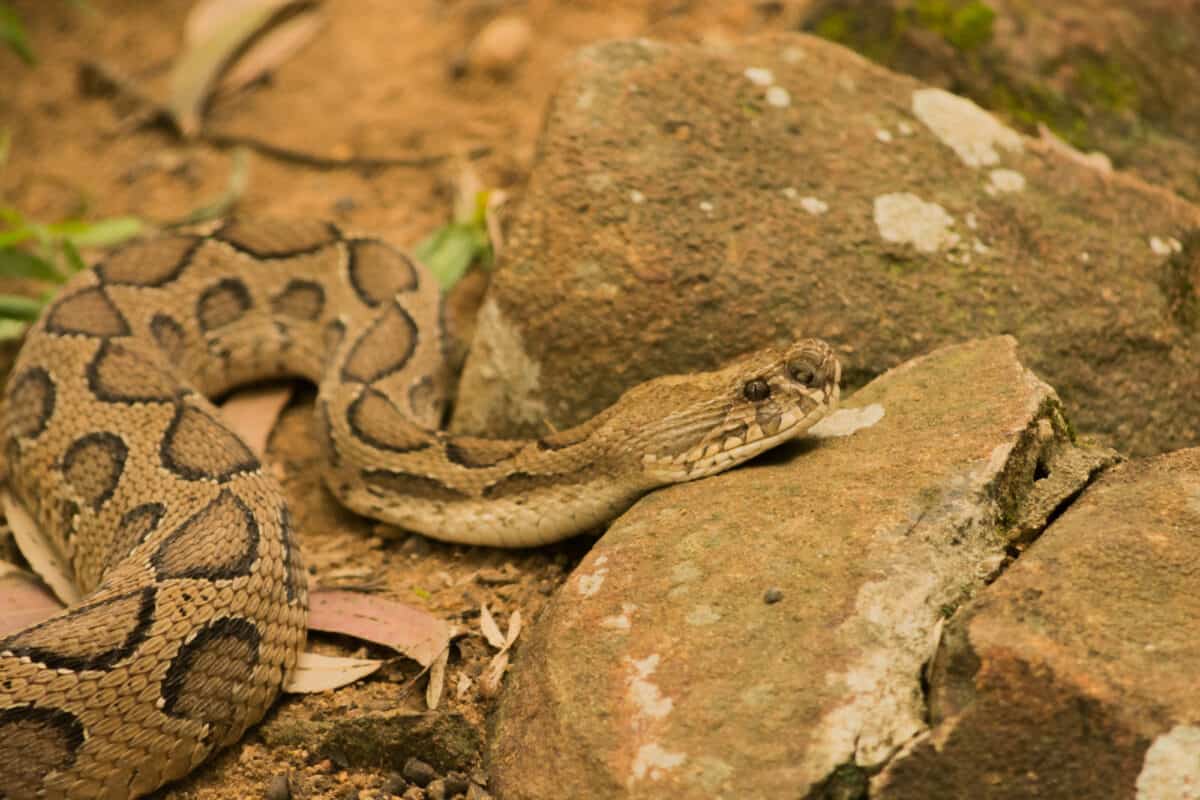
Camouflaged among the leaves of the state’s forests, the Timber Rattlesnake is another venomous serpent to be wary of.
7. Bull Shark
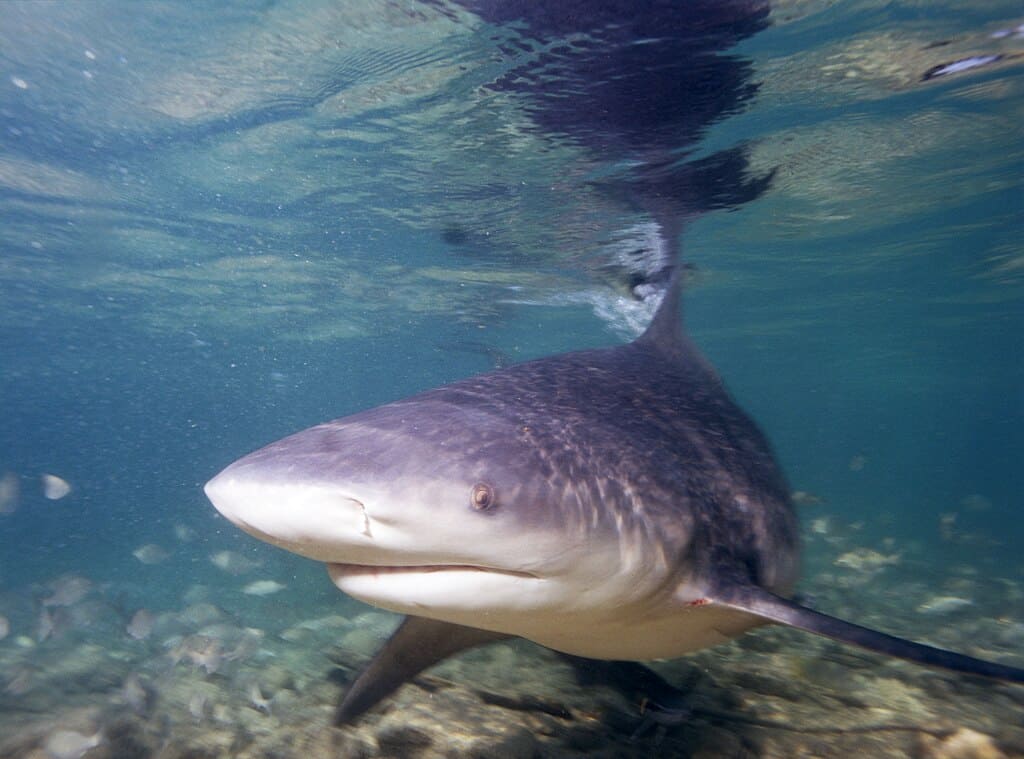
Venturing into the brackish waters of North Carolina’s estuaries, the Bull Shark is an apex predator capable of delivering a formidable bite.
8. Coyote
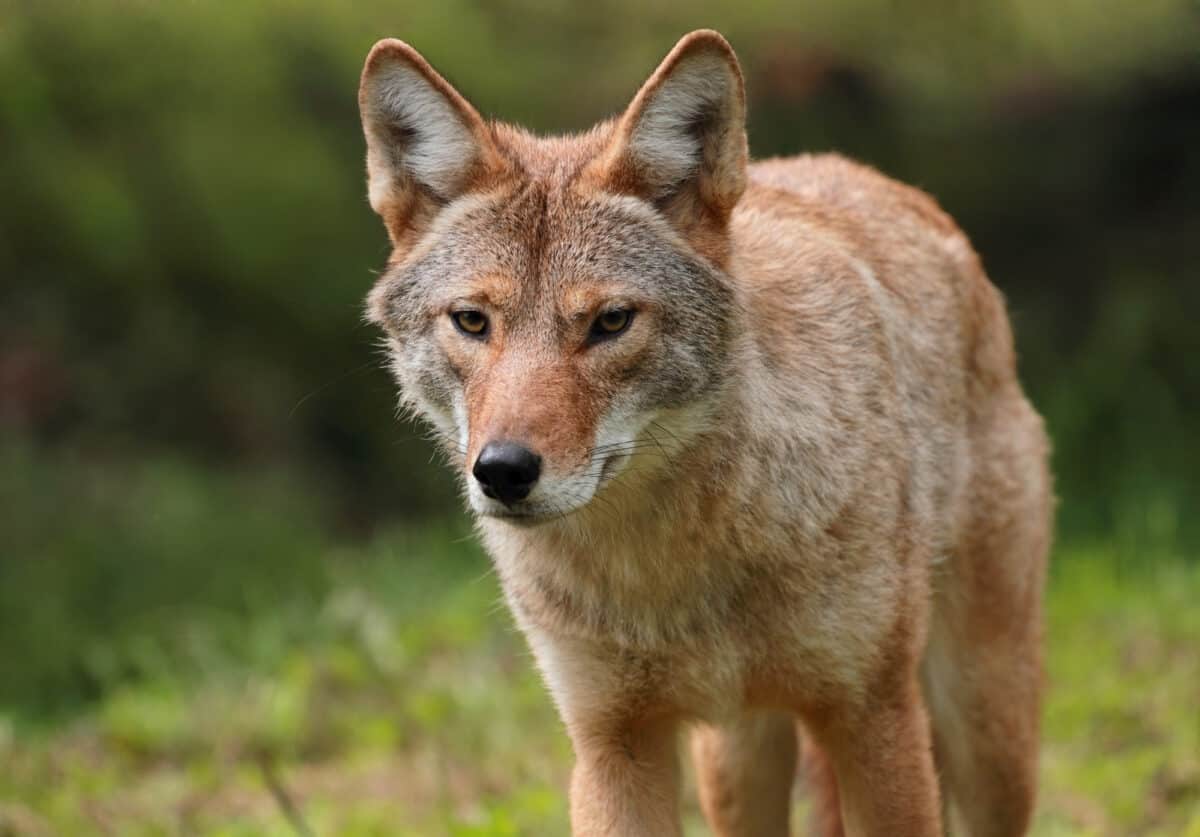
Thriving in both rural and urban environments, the Coyote’s opportunistic nature can pose a threat to small pets and, on rare occasions, humans.
9. Red Fox
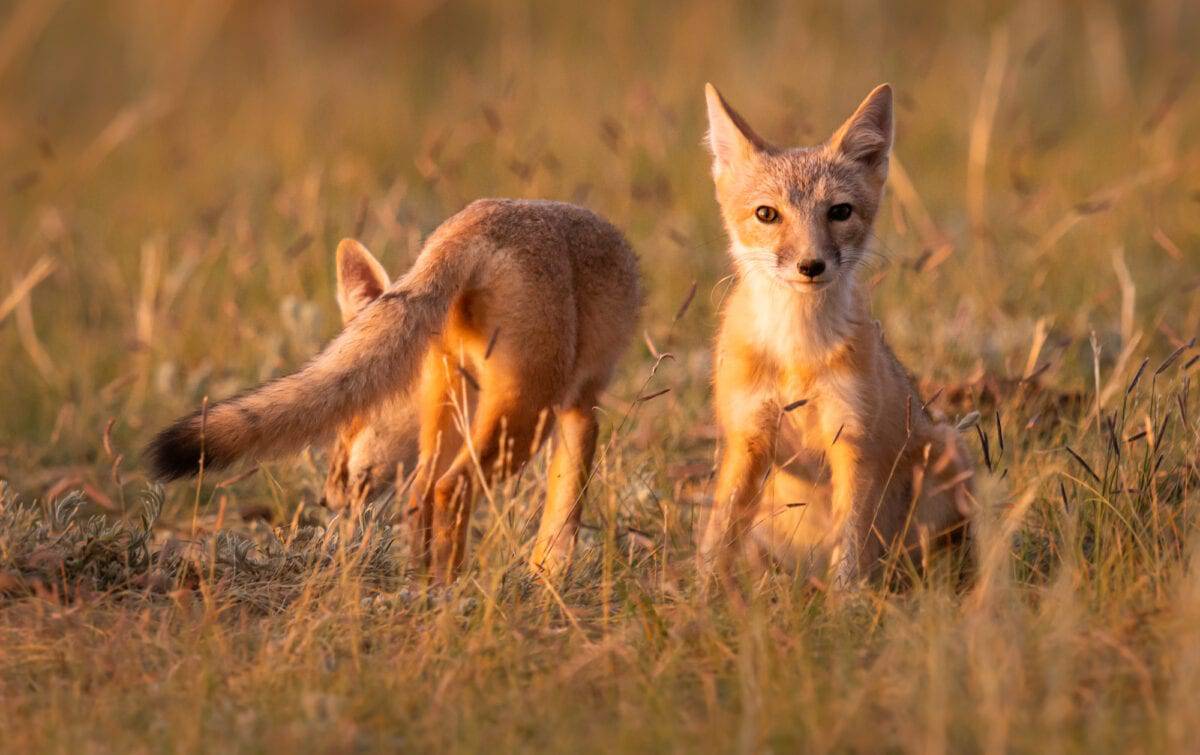
Generally, not typically aggressive toward humans, the Red Fox can carry diseases. These include rabies, making encounters potentially hazardous.
10. Alligator
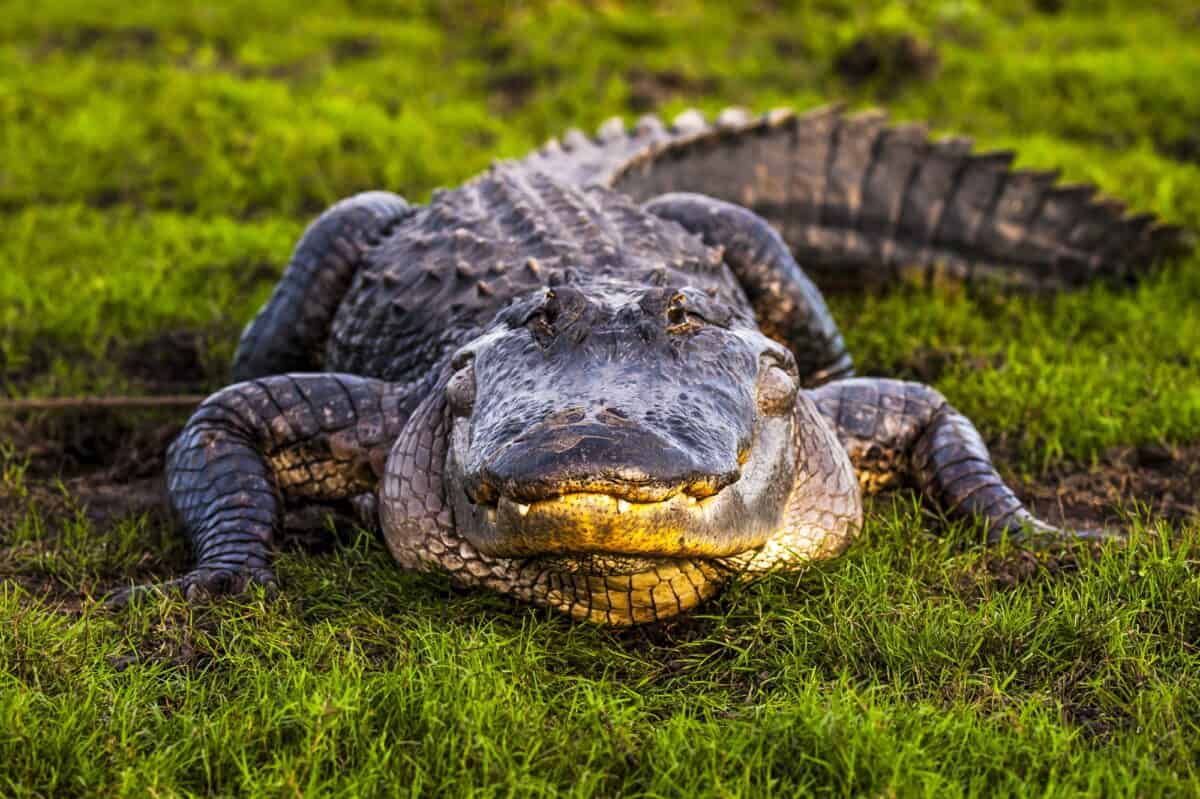
In the southeastern reaches of the state, freshwater habitats host the American Alligator, a powerful reptile with a large reputation.
11. White-tailed Deer
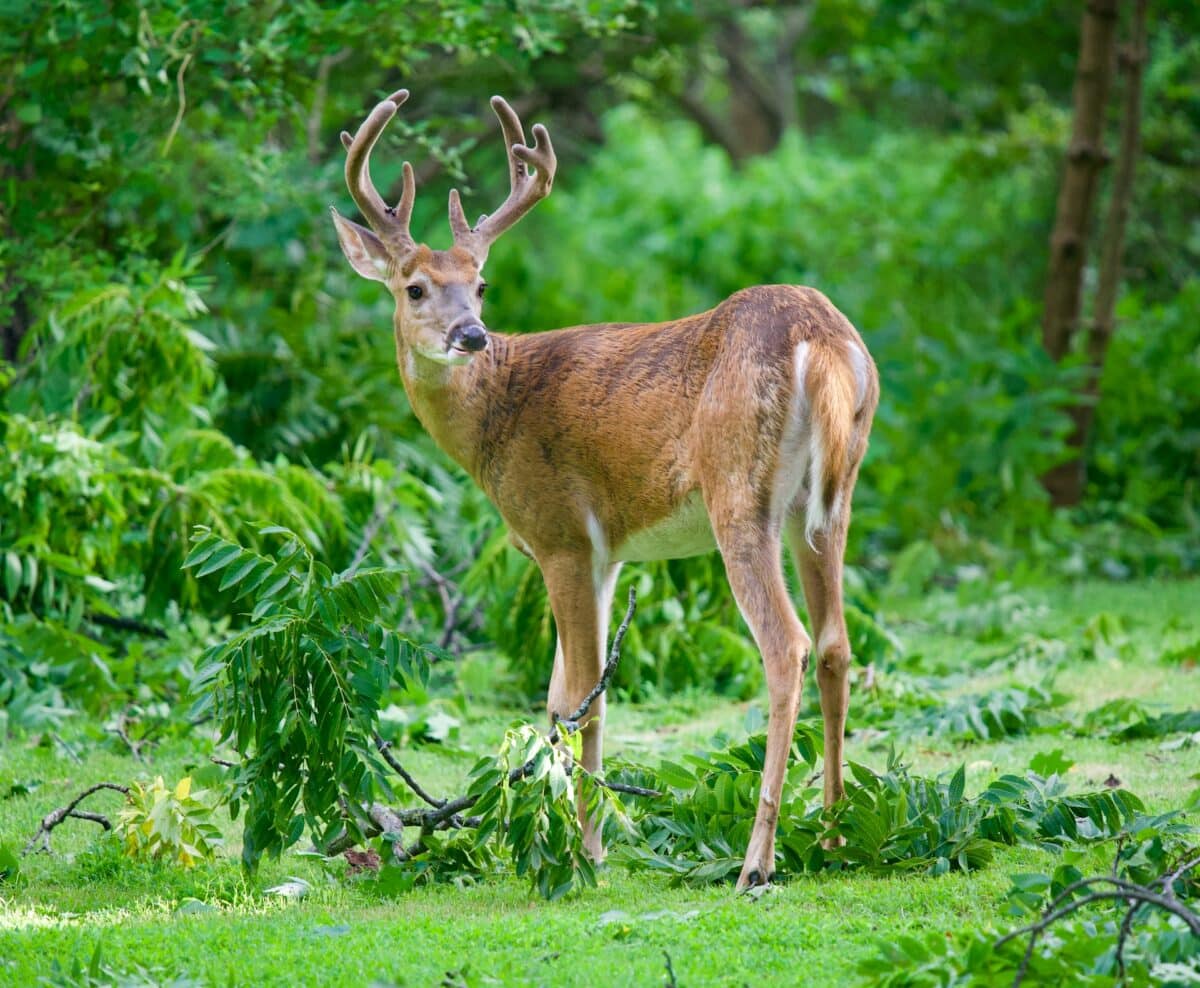
Responsible for numerous collisions on North Carolina’s roadways each year, the White-tailed Deer can pose a danger to motorists, particularly during the mating season.
12. Eastern Coral Snake
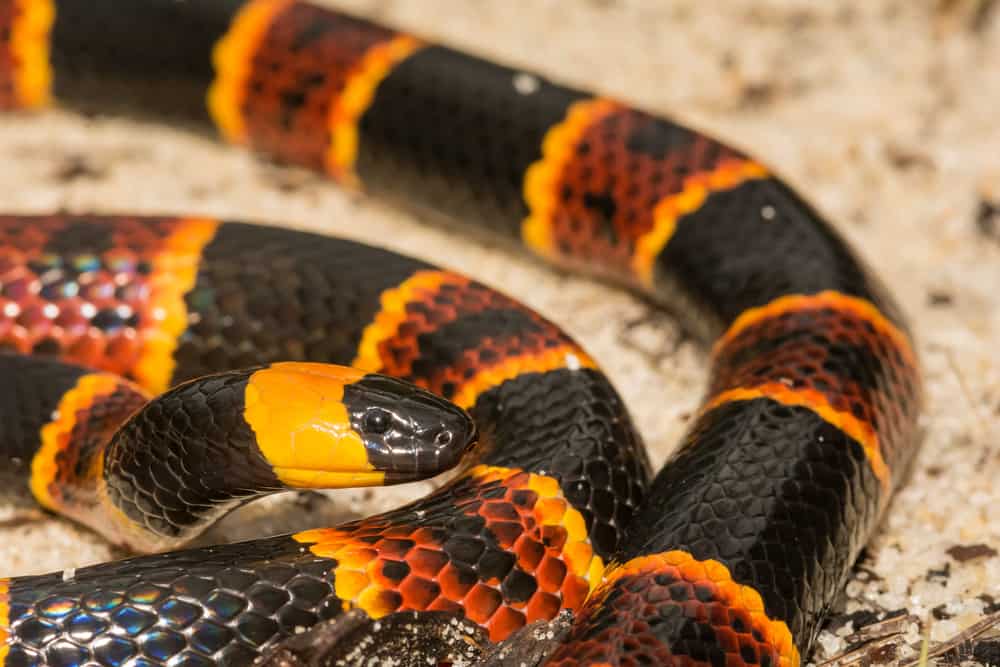
Evidently, with its vibrant bands of red, yellow, and black, the Eastern Coral Snake stands out in its habitat. Thus, providing ample warning to trespassers.
13. Bobcat
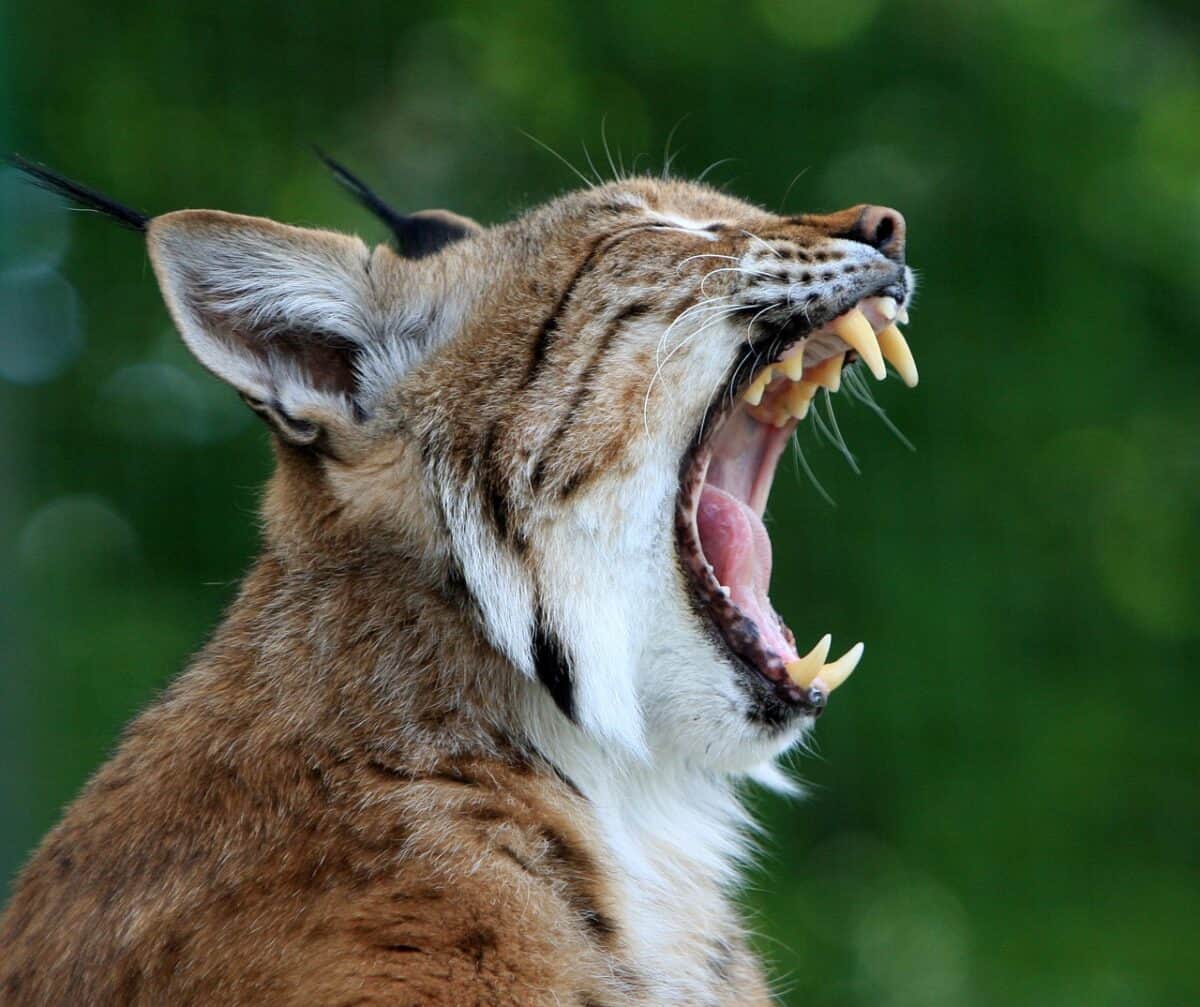
The elusive Bobcat generally avoids confrontations with humans but may defend itself if cornered or threatened.
14. Black Bear
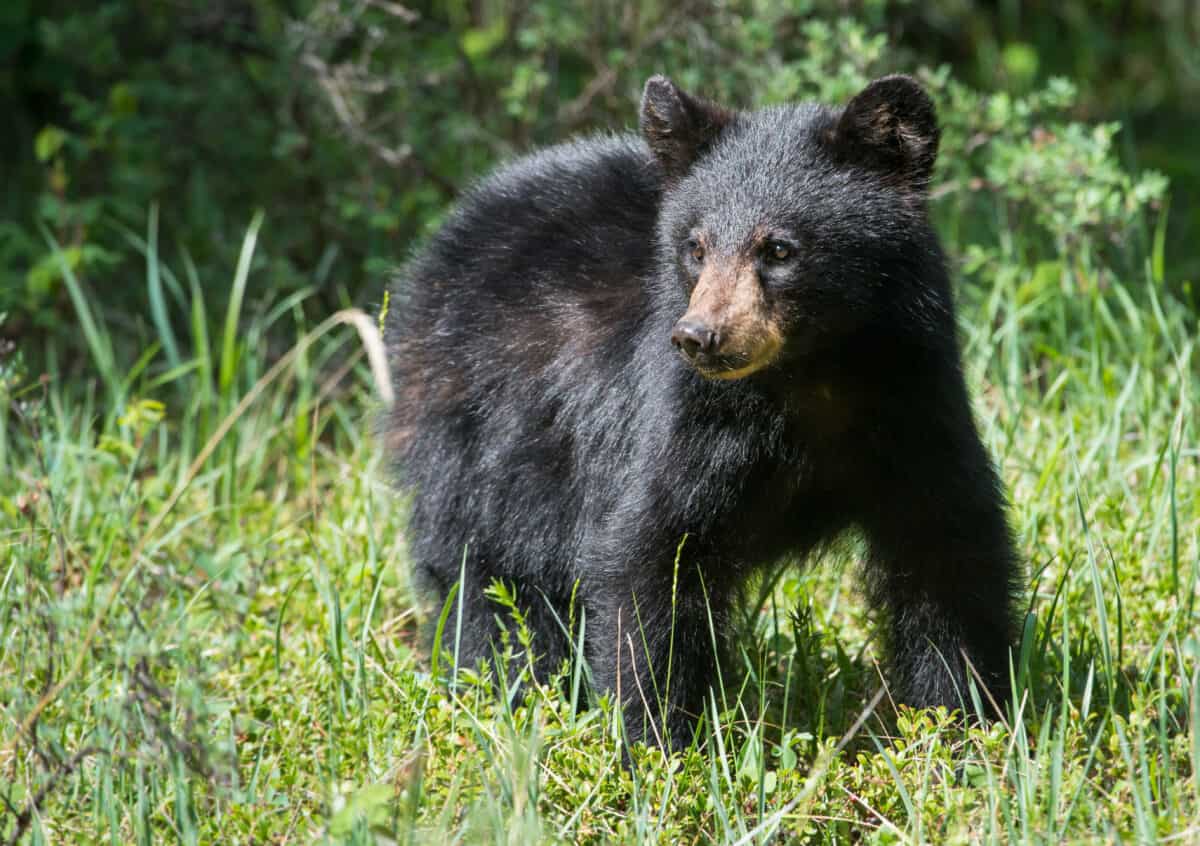
Encounters between humans and Black Bears are relatively rare, but these powerful omnivores should be treated with caution, especially around food sources.
15. American Bullfrog
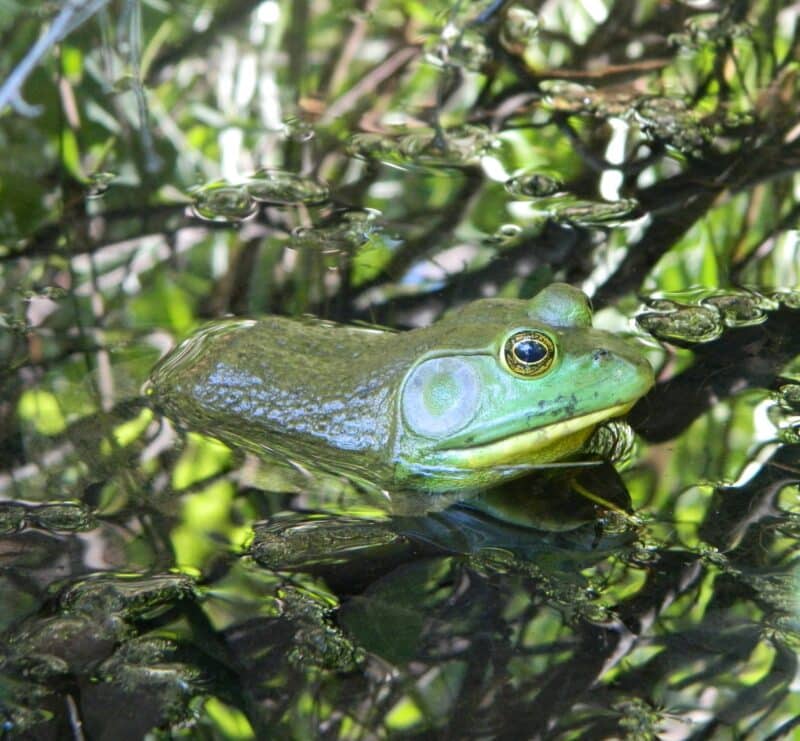
While not inherently dangerous to humans, the American Bullfrog’s potential to carry diseases make it a noteworthy inclusion on this list.
16. Eastern Box Turtle
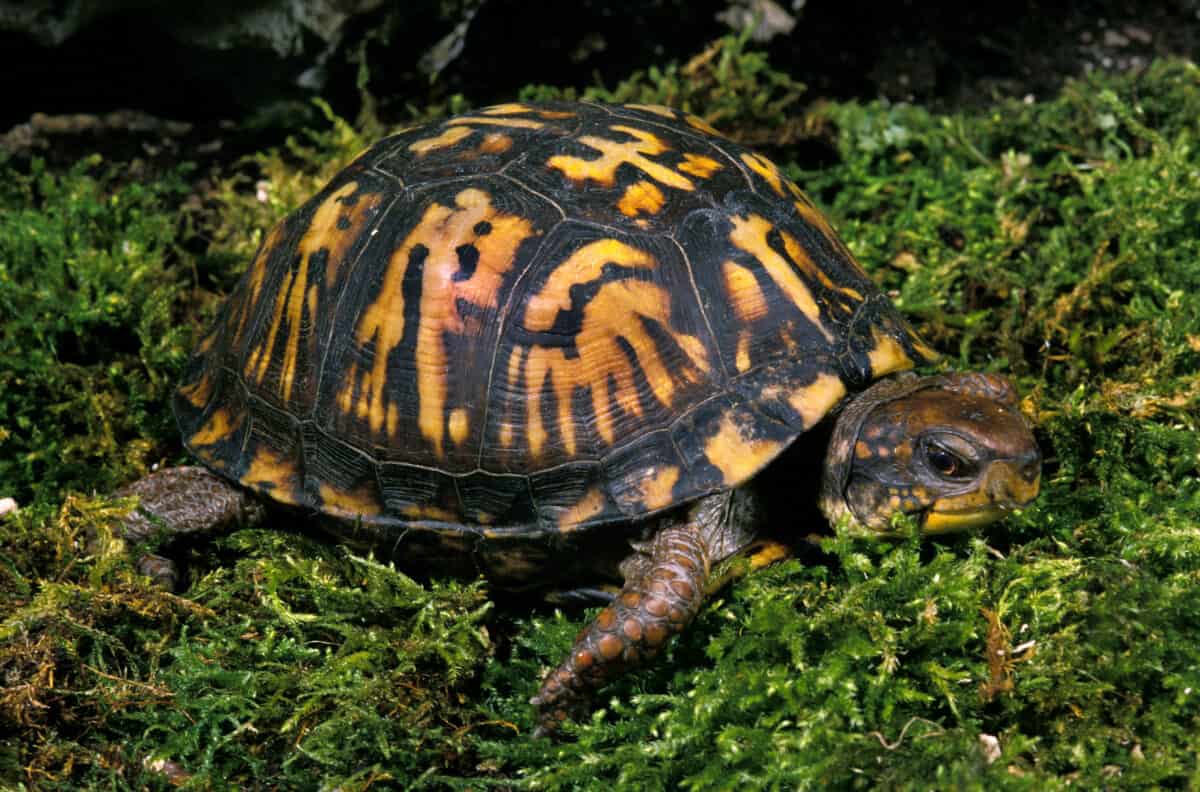
Though harmless to humans, the Eastern Box Turtle’s slow-moving nature makes it susceptible to injury from vehicles and other hazards.
17. Pygmy Rattlesnake
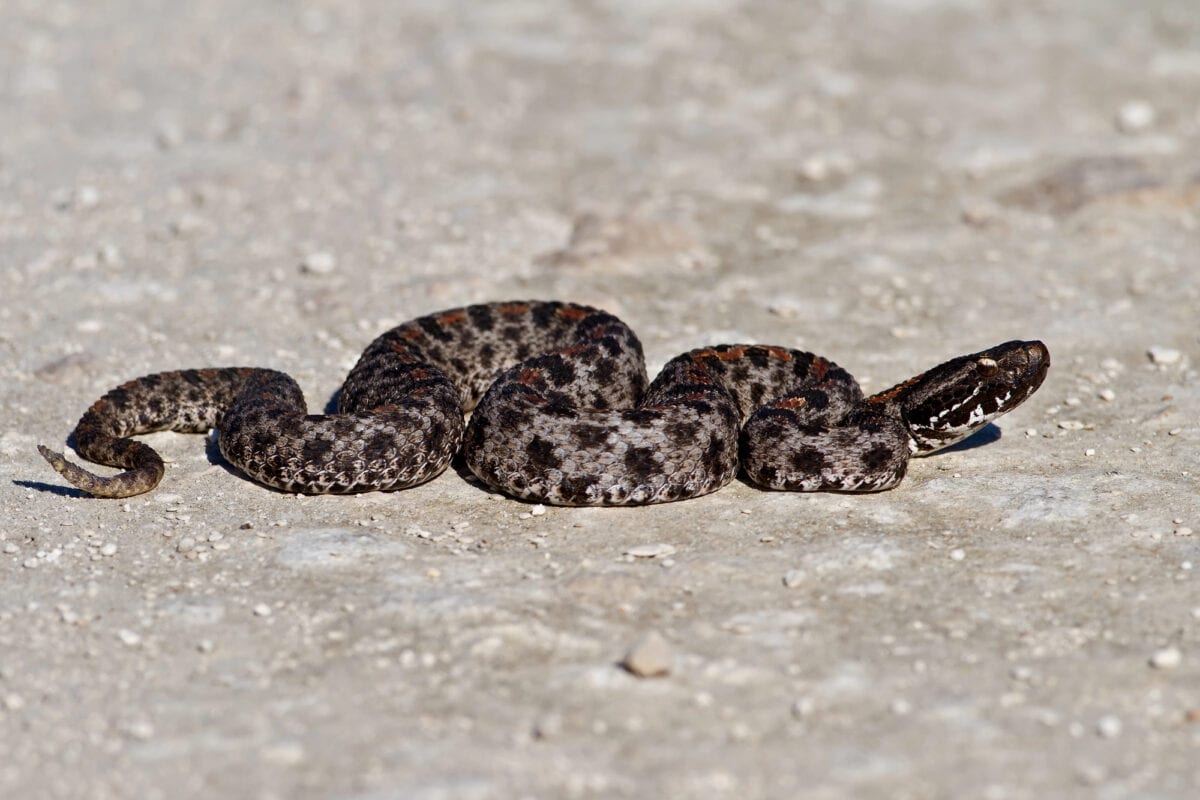
The pygmy rattlesnake has a venomous bite and is surprisingly the smallest of all rattlesnakes in the US.
18. Wild Boar
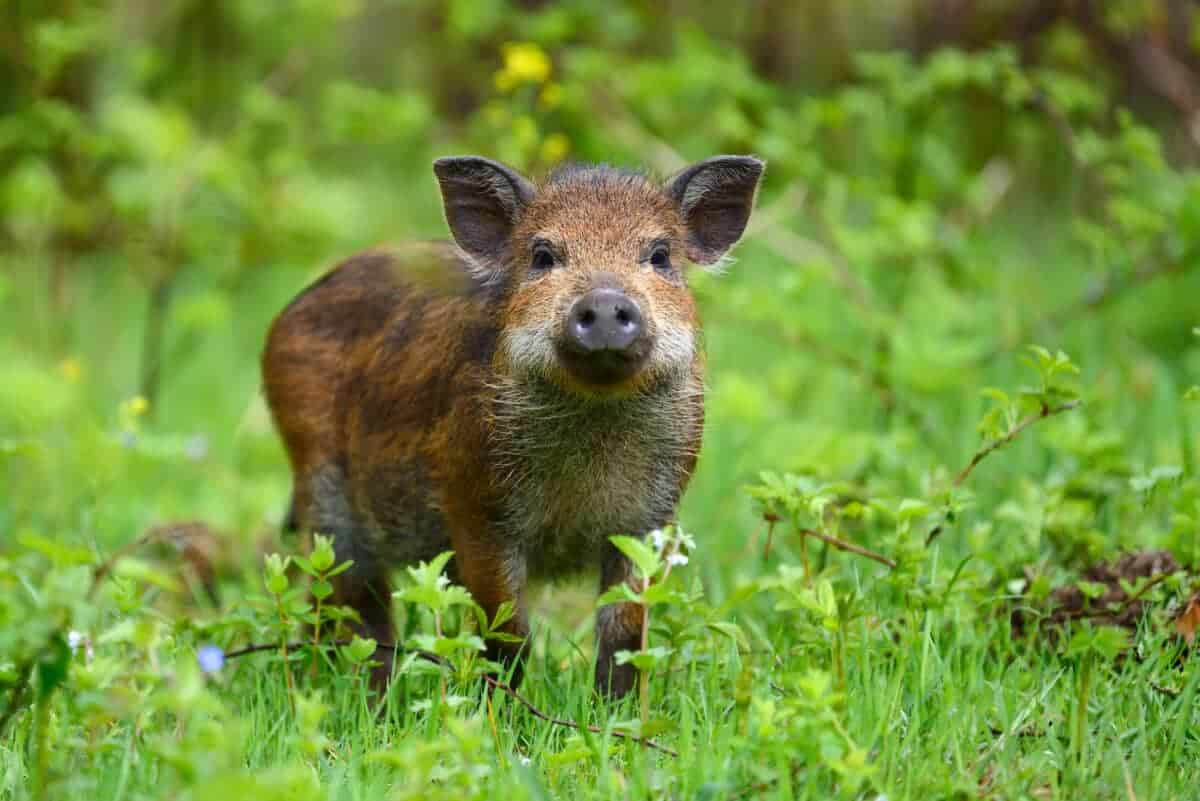
Introduced to North Carolina centuries ago, Wild Boars can be aggressive when cornered. As well as they have been known to injure humans and pets.
19. Eastern Moose
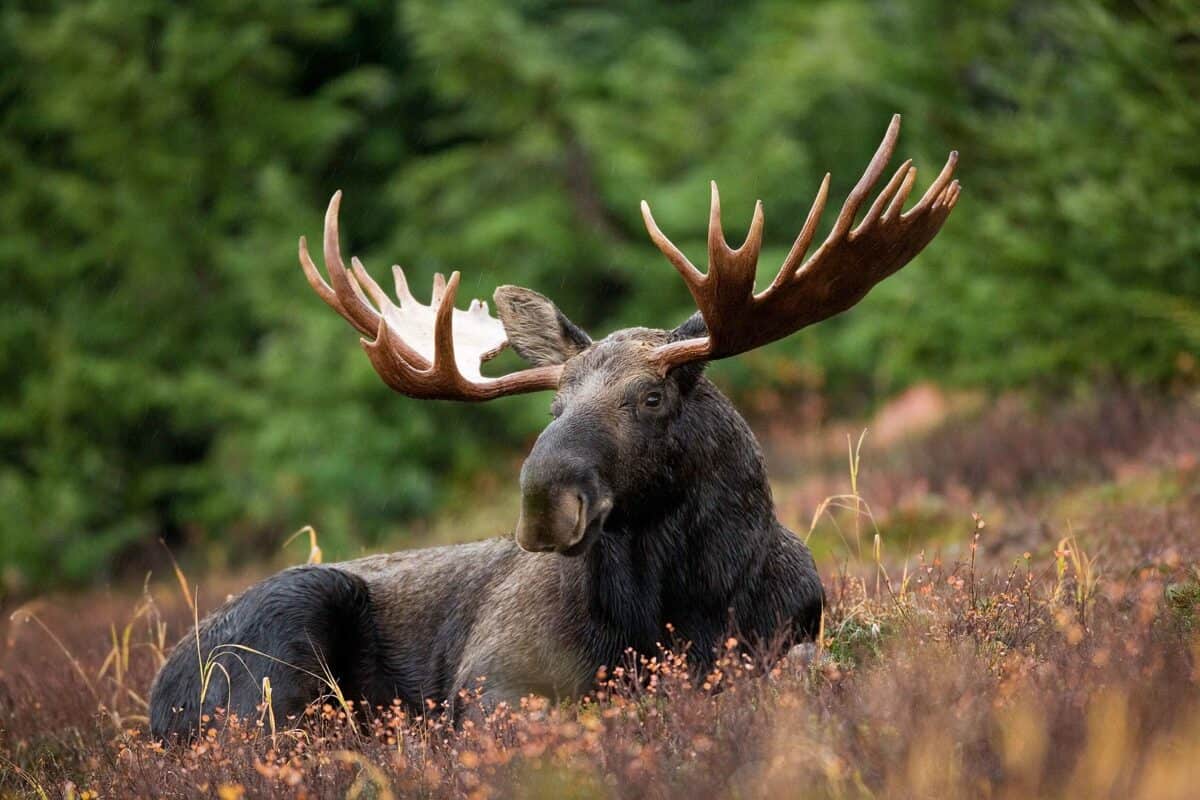
While not as common as some of the other entries on this list, the Eastern Moose’s sheer size and strength warrant inclusion as a potentially hazardous species.
Wrapping Up with the Deadliest Animals In North Carolina
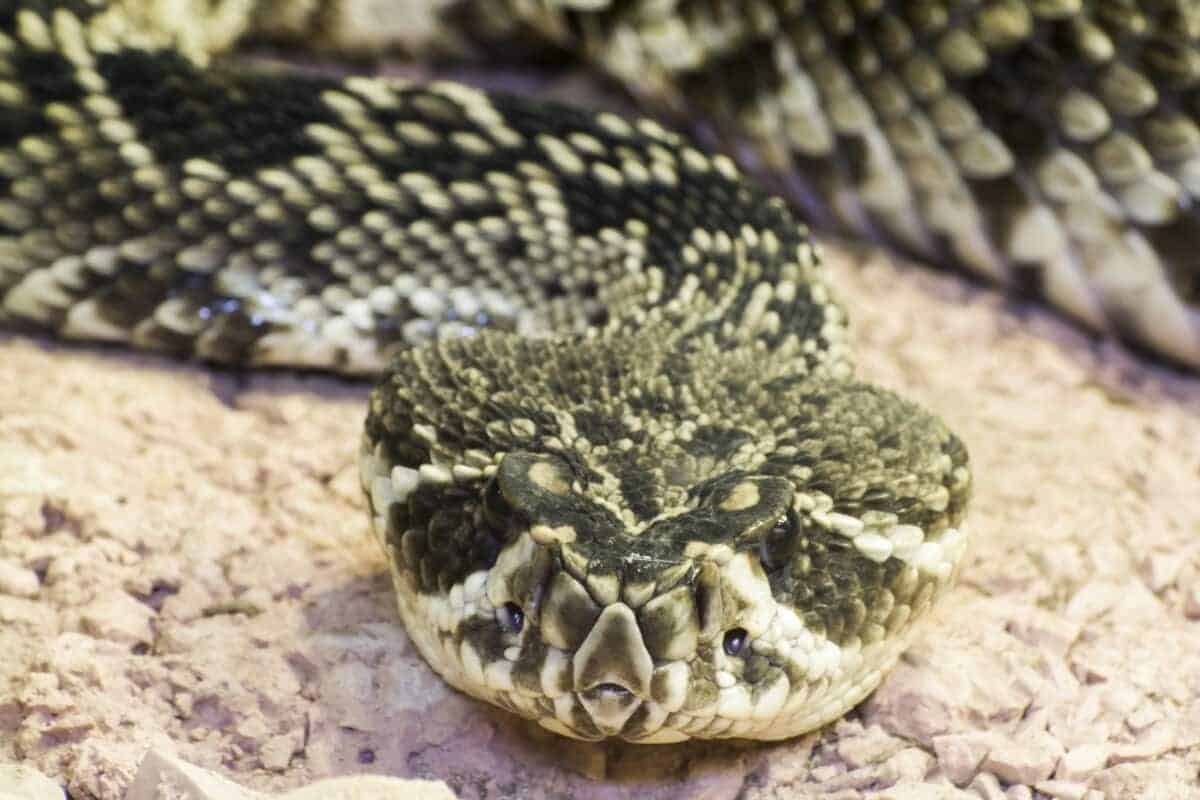
I have never seen a manatee before, it would be an absolute dream come true! I think I may need to visit soon to see one for myself! This is our official list of Deadliest Animals In North Carolina. If you think there should’ve been other animals included in this list, please feel free to let us know in the comments. Can’t wait to hear from you!
Thank you for following along with this article –
Next up in the animal kingdom:
Join our Forum for free today!

- Big Cats Love Mouthing Affection - July 22, 2024
- Kind Elephant Merciful To Lion Cubs - July 22, 2024
- Beachgoers Save Massive Shark Stranded In Florida - July 22, 2024

